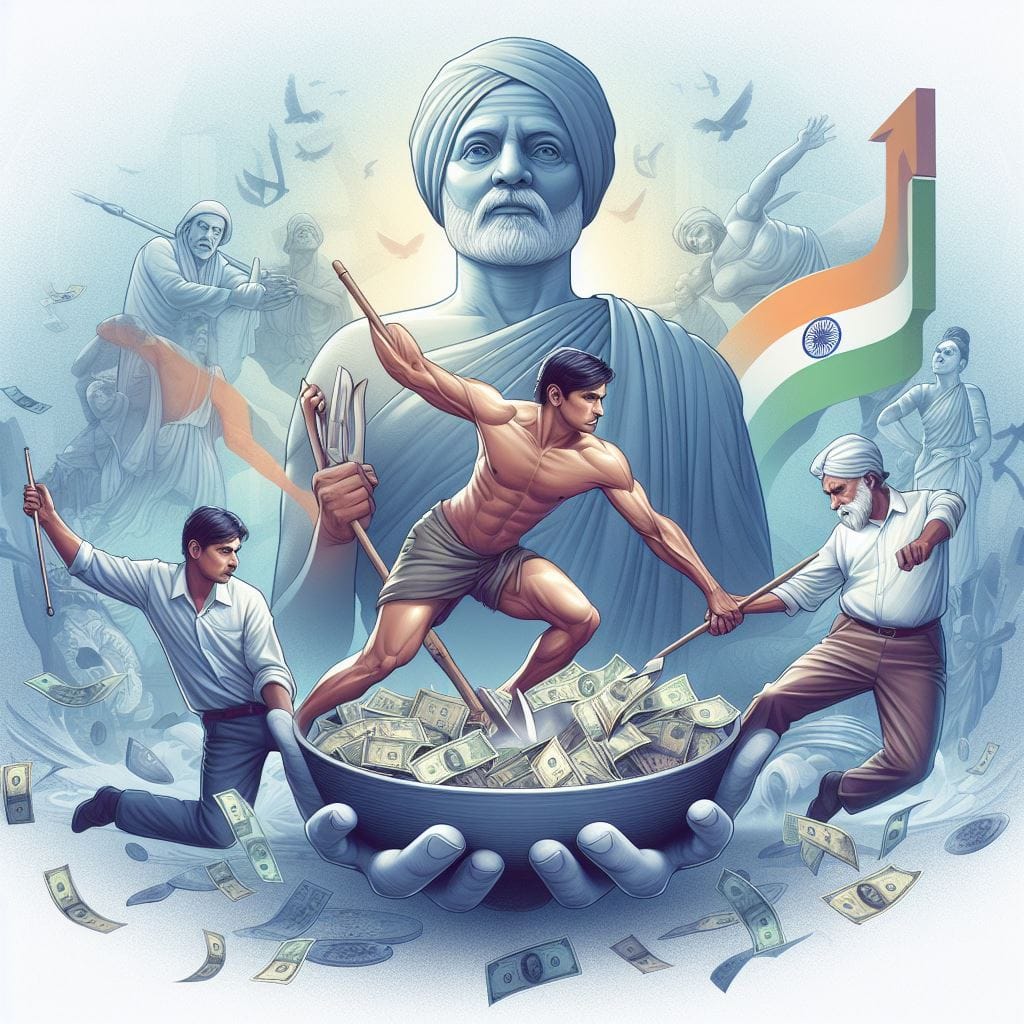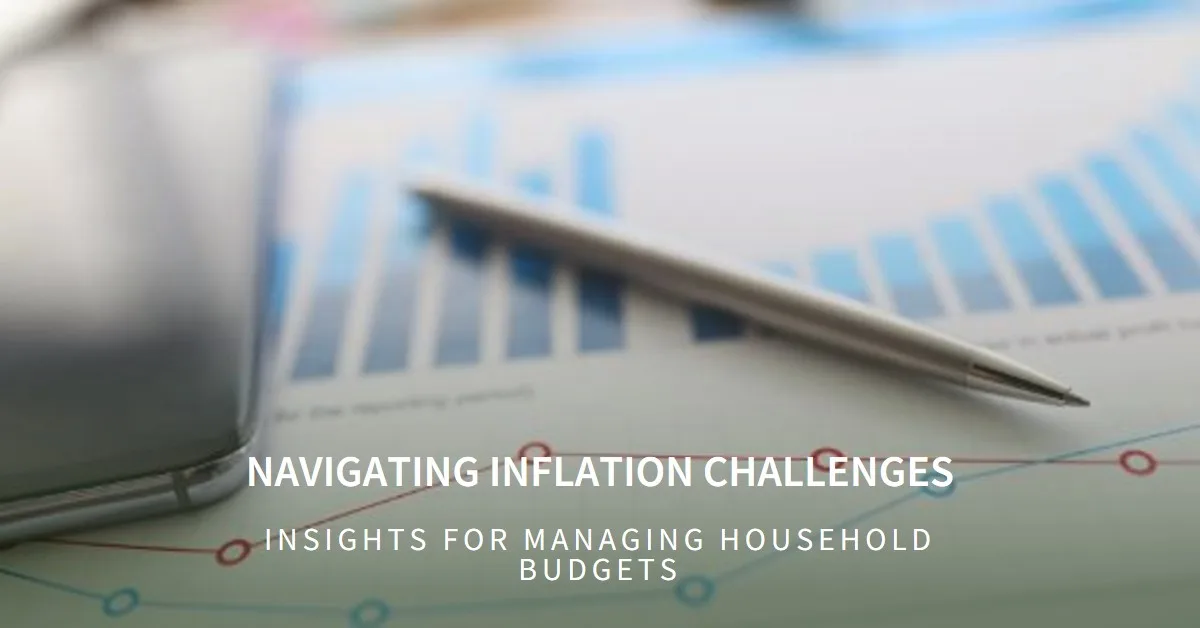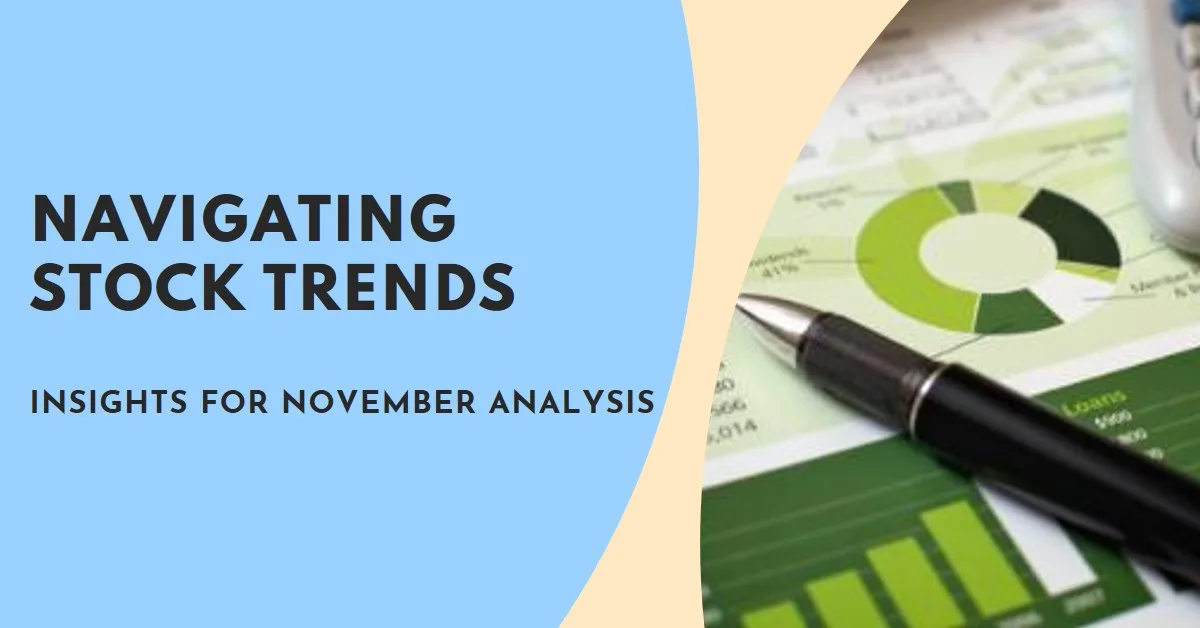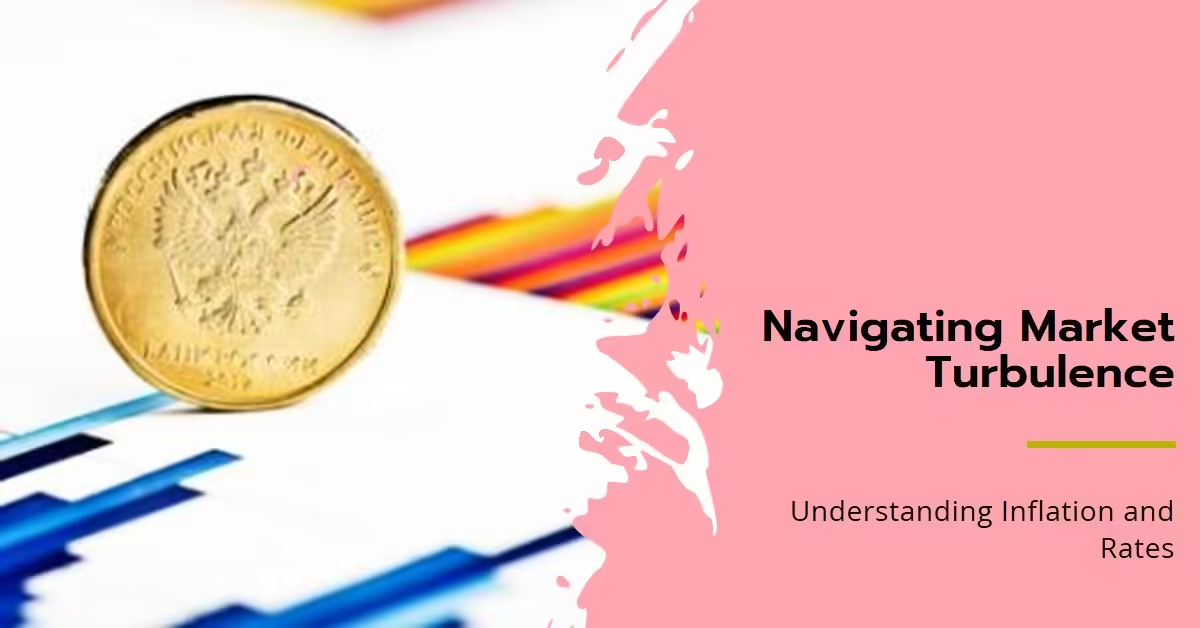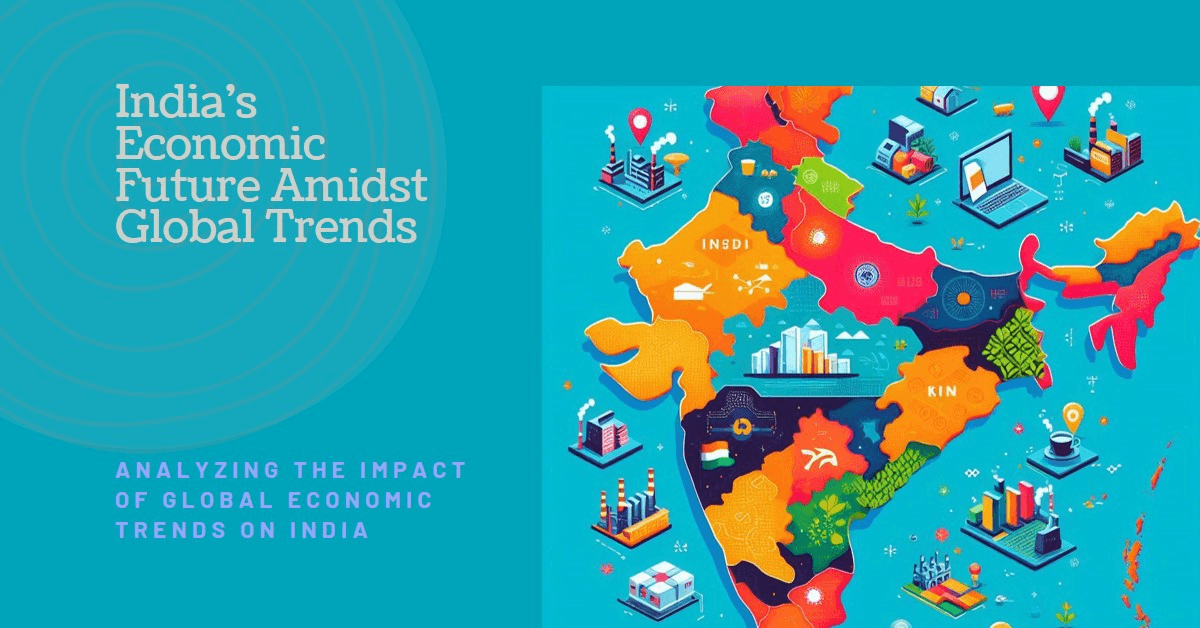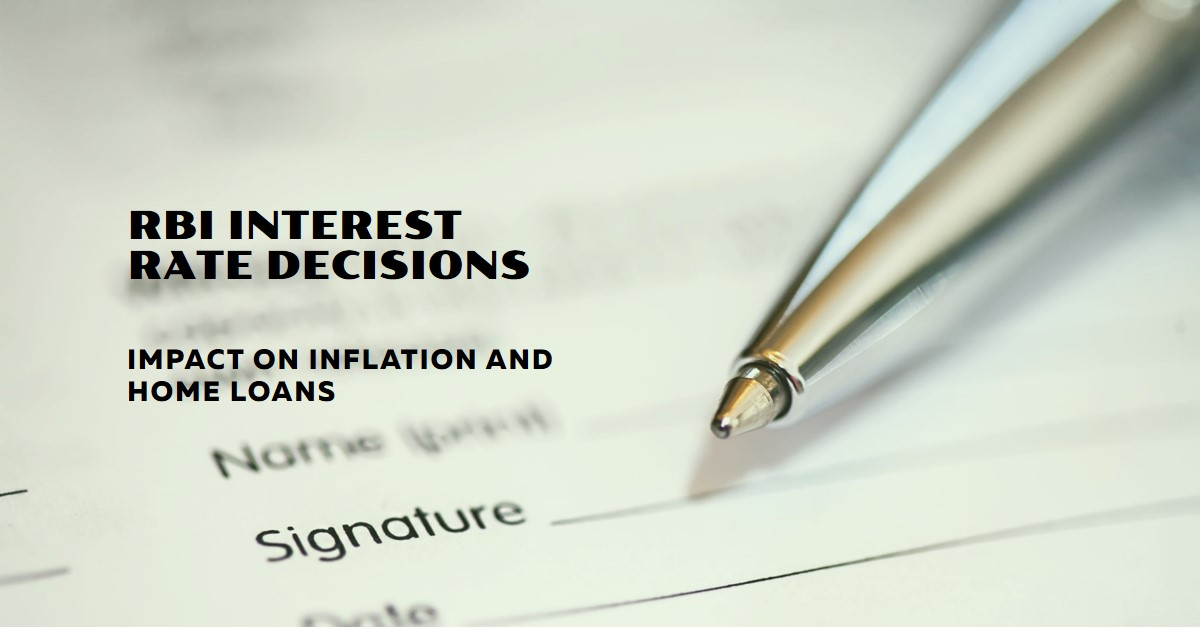
The repo rate’s, India’s central bank’s (RBI) key monetary policy tool, is more than just a number. It’s a conductor wielding the baton of the economic orchestra, and its every beat resonates throughout the system, impacting businesses, consumers, and ultimately, your own financial well-being. To truly understand its influence, let’s delve deeper into its tango with the Indian economy and individual lives, especially in the context of the current scenario.
Inflationary Jitters and the Repo Rates Rise:

India, like many other economies, is grappling with the inflationary beast. Prices are on an upward spiral, fueled by factors like global supply chain disruptions, the Ukraine war, and rising energy costs. To tame this inflation monster, the RBI has resorted to raising the repo rate. This rate hike, though necessary to curb inflation, acts like a dampener on the economy.
The Two Sides of the Repo Rate Coin:
On one hand, a higher repo rate makes borrowing from banks costlier. This discourages individuals from taking out loans for cars, homes, or even personal expenses. Businesses too, face higher borrowing costs, potentially leading to delayed investments and hiring freezes. This slowdown in spending and investment cools the economy, bringing down inflation.

However, the other side of the coin reveals potential concerns. Reduced spending can impact businesses, especially those reliant on consumer demand. This could lead to job losses and economic stagnation. The current scenario, with its nascent economic recovery, makes this balancing act even more critical. The RBI needs to ensure that its inflation-fighting measures don’t inadvertently suffocate the fragile economic growth.
Beyond Inflation: Repo Rate’s Impact on Different Segments:
The repo rate’s tango has different steps for different segments of the population. Here’s a glimpse:
- Consumers: Higher interest rates on loans and credit cards mean you might need to tighten your belt. Delaying non-essential purchases and prioritizing debt repayment become prudent strategies. However, a lower repo rate in the future could put more money in your pocket, boosting your purchasing power.
- Businesses: Businesses face the challenge of adapting to changing borrowing costs. Those with strong financials can navigate by diversifying funding sources. However, smaller businesses might struggle, potentially impacting employment and economic activity.
- Real Estate: Higher interest rates make home loans costlier, potentially dampening demand in the real estate sector. This could impact developers, construction workers, and related industries.
The Individual and the Repo Rate: A Dance of Awareness:
As an individual, understanding the repo rate’s influence empowers you to make informed financial decisions. Here are some tips:
- Stay informed: Keep yourself updated about the RBI’s repo rate decisions and their potential implications.
- Review your finances: Assess your loan EMIs, credit card debts, and investments in light of changing interest rates.
- Adjust your spending: Prioritize needs over wants and consider delaying nonessential purchases during periods of high repo rates.
- Seek expert advice: Consult a financial advisor for personalized guidance on managing your finances in this dynamic economic environment.
The Final Symphony:
The repo rate’s tango with the Indian economy is a complex dance, with each step impacting millions of lives. While inflation control is vital, ensuring sustainable economic growth remains equally important. Understanding the nuances of this dance and its impact on your own financial well-being empowers you to make informed decisions and weather the economic storms with greater resilience. Remember, the repo rate is just one instrument in the RBI’s orchestra. Keeping track of the conductor’s baton and the melody of other economic factors will help you navigate the rhythm of your financial future.
